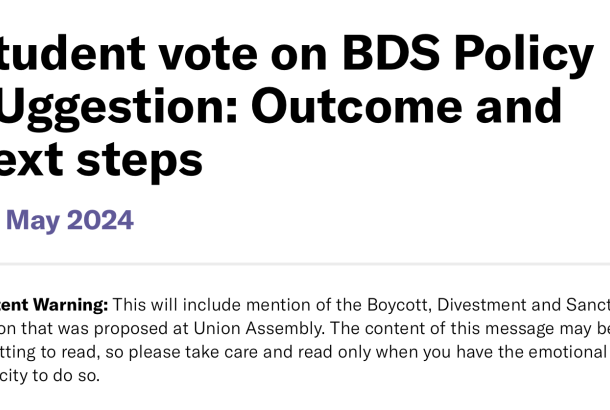An Introduction to Wine
By Mancunion
Welcome to the wine column which embarks you on a debauched and decadent voyage through the world’s finest vineyards whilst confined to a measly student budget. In this week’s article I will be revealing the secret technique to singling out a decent bottle of wine from the hundreds of mediocre and vinegary substitutes which seem to make up Sainsbury’s aisle 7 this fall…
So what exactly could you be looking for when shopping at your local grocery store or supermarket?
Firstly, if you were tempted in acquiring a bottle of white you would have learned from experience that a disappointing white tends to have much direr consequences than a disappointing red.
The safest bet in the under Tesco’s £4.99 price bracket is to aim for the Chardonnay. Far less acerbic than the Tuscan Sangiovese or the Venetian Suave grape, the dry yet crisp sensation of Chilean (£4.17) or Spanish (£4.59) Chardonnay lies safely in the middle ground. Its pacific and somewhat soft nature ensures that this is always the first casualty of the evening. Sauvignon Blanc is another of these centre ground white wines and generally comes with a refreshingly sweet and fruity flavour. However don’t be caught unawares as the classic notes of asparagus and gooseberry come at a hefty price; a standard ABV lower than 10% or in the case of Tesco’s First Cape discovery series, an abysmal 5.5%.
For those with a sweeter palate, south western French Monbazillac wine is a good investment as it combines Sauvignon Blanc and Semillion with Muscadelle. Usually available in supermarkets around Christmas, the bright molten gold complexion of its body will catch your eye instantly: It resembles diluted honey. As for the taste, it is either acquired or it is not. Imagine Disney’s sweetest and most lovable characters bottled up into a yellow alcoholic syrup: understandably a huge success with women.
One to watch out for is the oddly trending Pinot Grigio. It tends to be an increasingly common student trap because the only difference between the wine priced at £3.99 and its £7.99 counterpart is the bottle’s design. To fork out an extra £4 simply because some intern at the Armani store wanted to play with shape patterns isn’t worth it. Worse still, the Italian Pinot Grigio on the shelves in Sainsbury’s and Tesco has the tragic characteristic of soiling your taste buds with a deeply unpleasant lingering after taste. Still, if style is all you are after…
When it comes to red wines this fall there are two types of wine that stand out on most supermarket shelves: Merlot and Cabernet Sauvignon.
A bottle of decent Merlot will generally be less acidic and less bitter than the Cabernet Sauvignon next to it, providing you are willing up the stakes to more than £3.49. If not, then you may have unintentionally placed a ticking time bomb in your Tesco shopping basket: Bulgarian Merlot from the Reka Valley. This wine from the Thracian lowlands is truly barbaric. Probably brewed in the rusting vats of a derelict industrial complex outside Sofia last week, a single swig will scorch your throat and set your digestive system ablaze, leaving you gasping for oxygen and cold water. For an extra pound or so you could acquire a bottle of Gaston Tureau’s Bordeaux (£4.99) or one from Chile’s Central Valley (£4.79) and actually make it to class the next day.
In terms of cost benefit, Cabernet Sauvignon has certainly proven itself to be the most reliable bottled liquid in a supermarket’s wine section. Unlike most Merlot and unfortunately the vast majority of Rioja they seem to ship over from Spain in old jerry cans, from £3.69 upwards you are in safe territory with Cabernet Sauvignon. It has a stronger, slightly more acidic taste at first than Merlot and Rioja but by and large you won’t be left disappointed or feeling cheated. At least that is certainly what I believe after having uncorked more than 250 during my year abroad in Paris.







